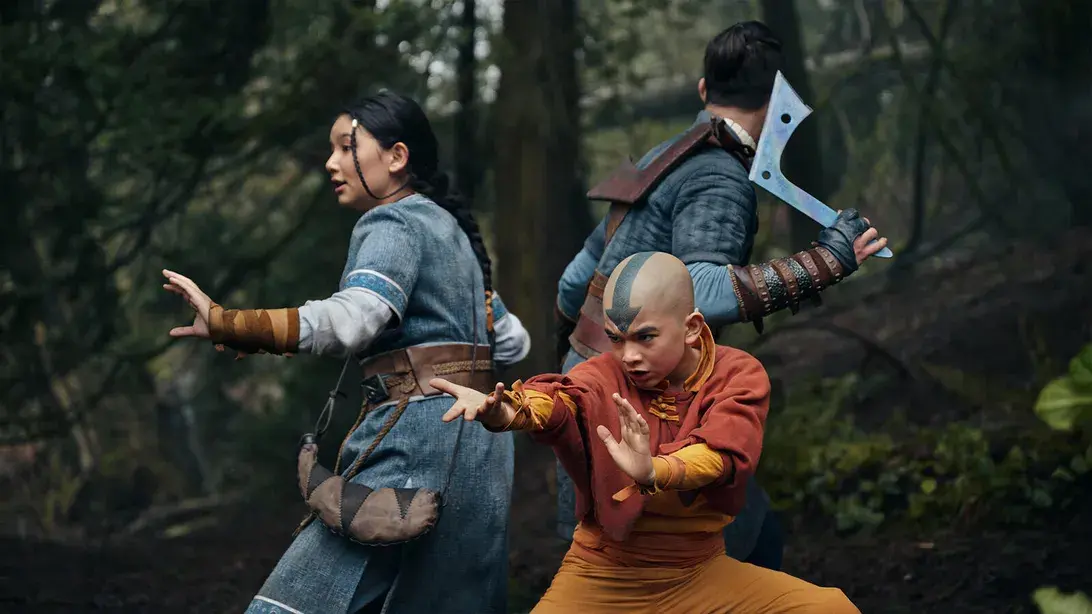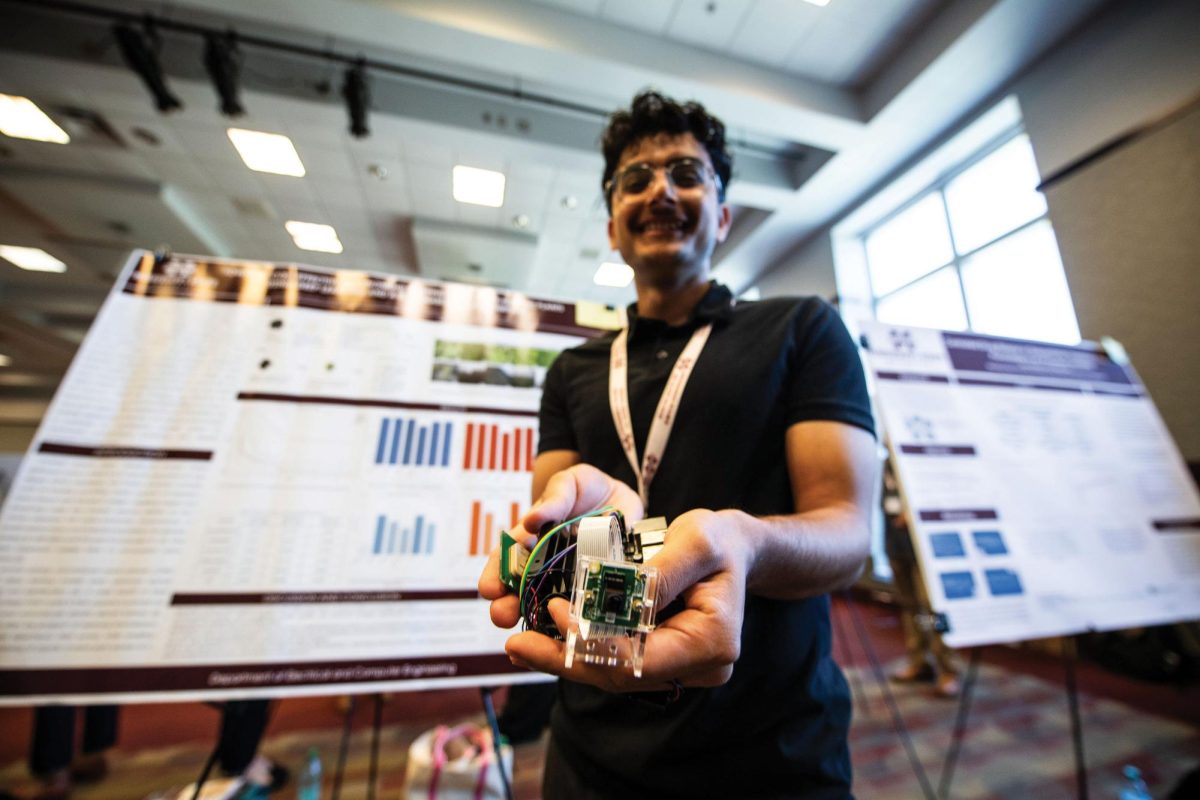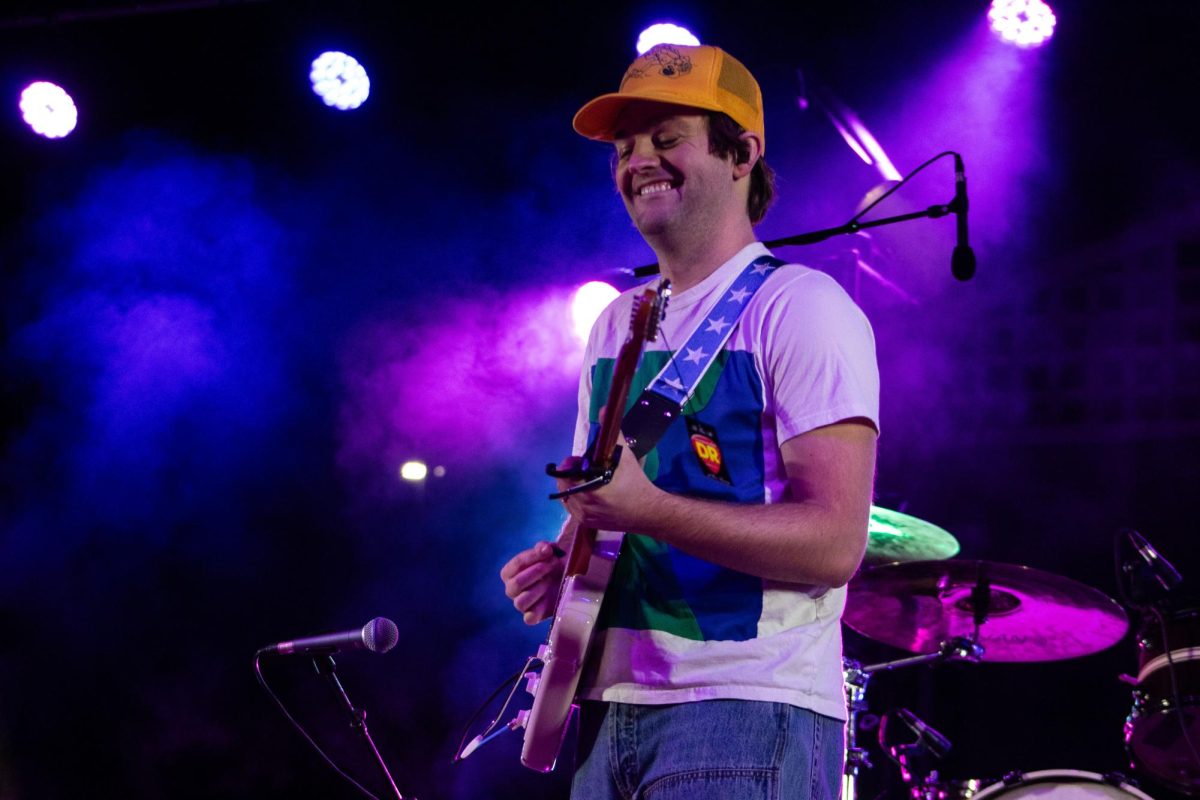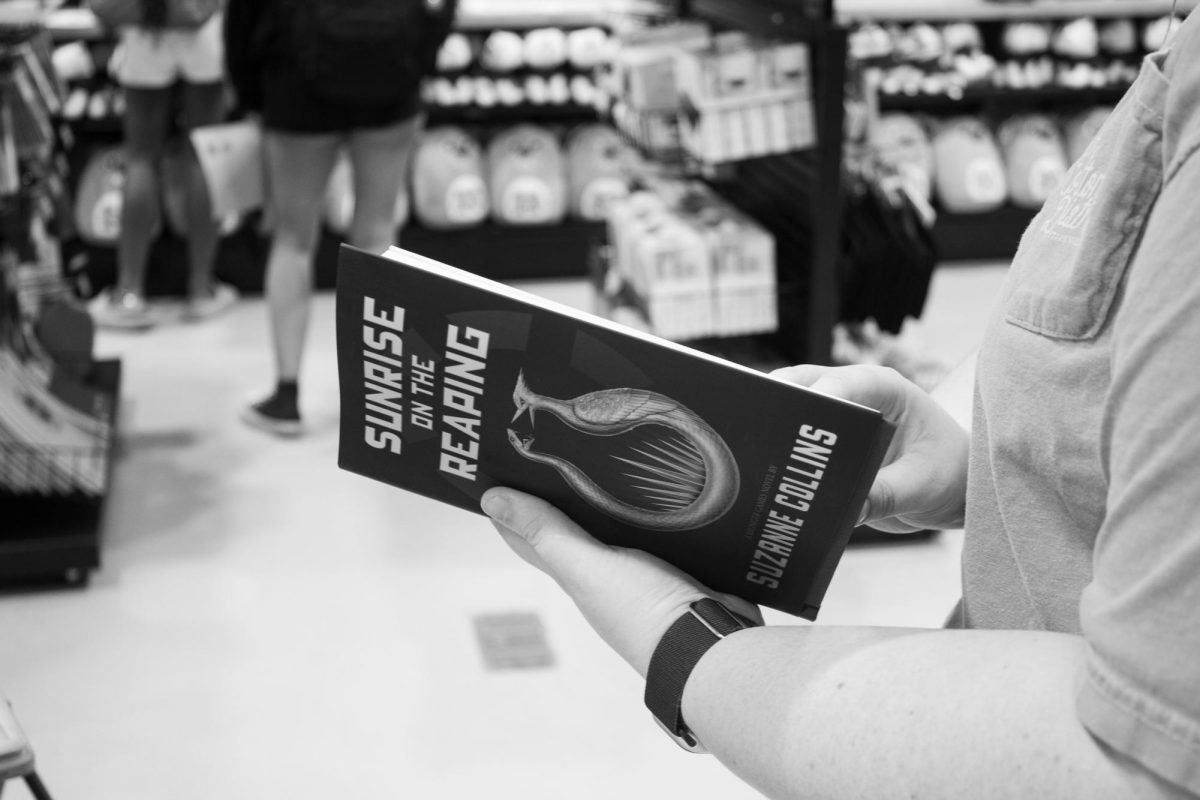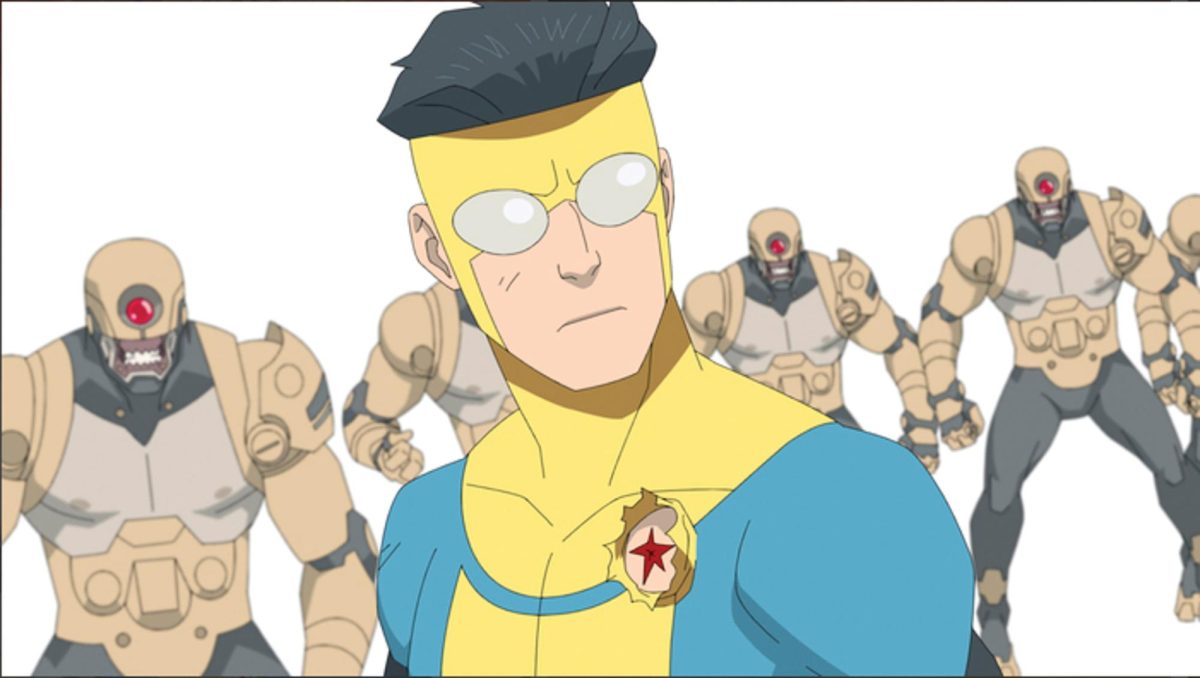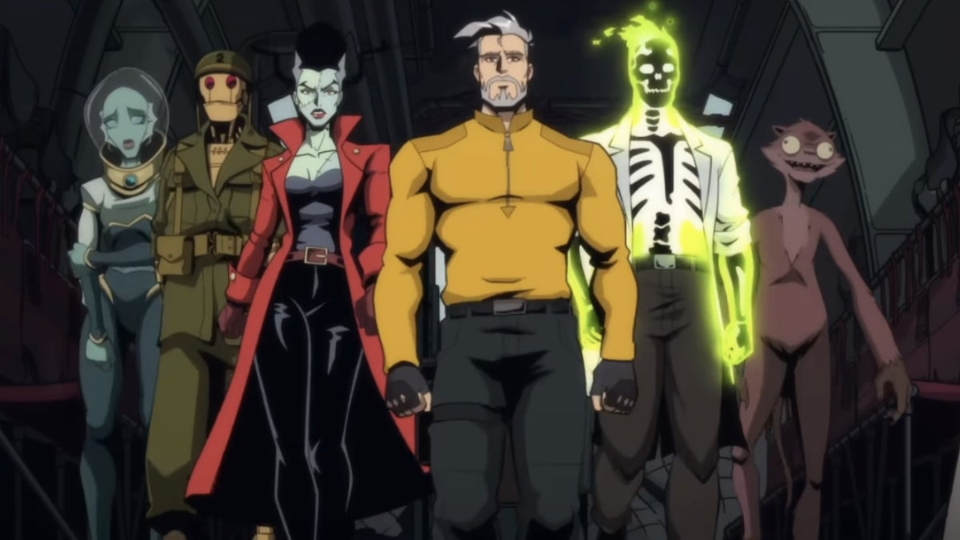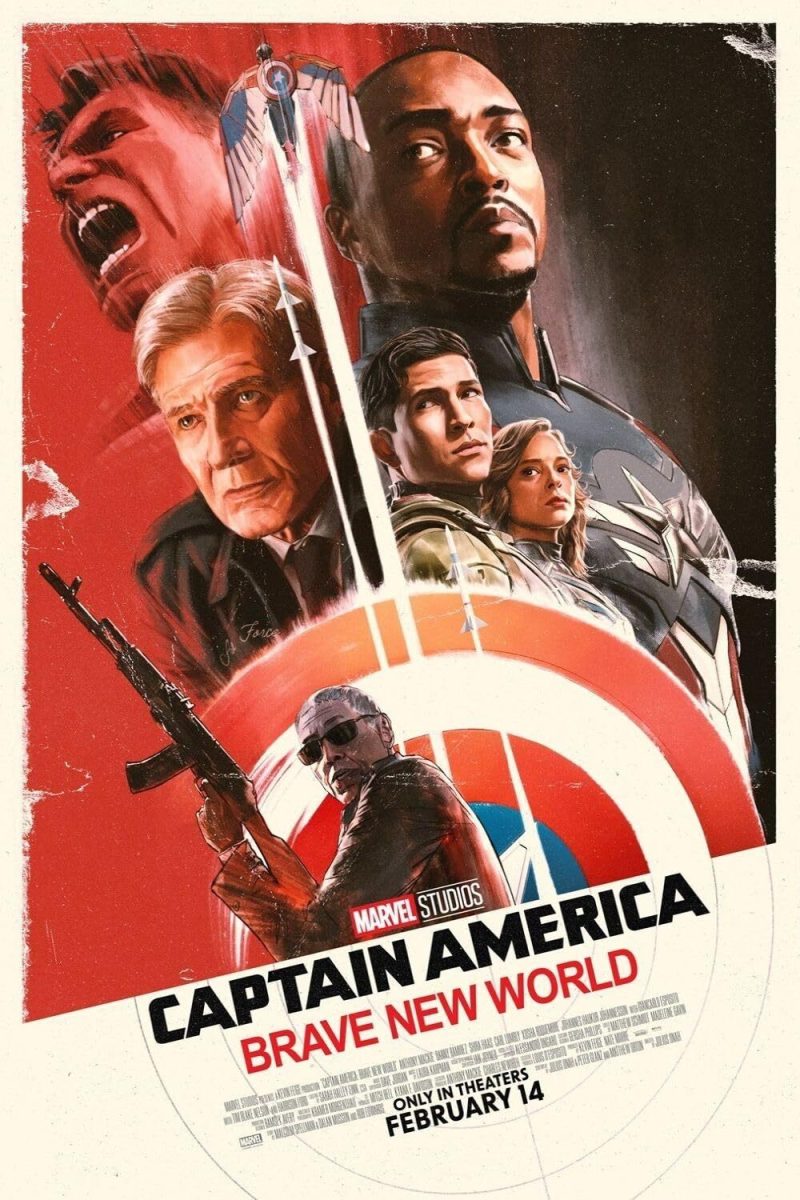First airing on Nickelodeon in 2005, “Avatar: The Last Airbender” received universal acclaim from critics and love from viewers of all ages. It was praised for its sophisticated plot, complex and well-developed characters, mature themes and balance of childish humor with the horrors of war, all of which culminated into one of the greatest redemption arcs in all of fiction.
Nineteen years later, Netflix created a live-action adaptation.
Like the original show, “Avatar: The Last Airbender” follows the story of 12-year-old Aang (Gordon Cormier), the titular last Airbender, as he struggles with his destiny as the defender of peace and harmony. Together with his new friends, a waterbender named Katara (Kiawentiio) and her brother Sokka (Ian Ousley), Aang sets out to end the tyrannical rule of the Fire Nation and prevent the evil Fire Lord Ozai (Daniel Dae Kim) from conquering the world. Standing in his way, however, is Ozai’s exiled son Prince Zuko (Dallas Liu), who hopes to capture the Avatar to restore his honor.
Despite this engaging premise, the actual story arcs and plot lines of this adaptation fall short.
Each episode of the show’s first season struggles to balance a barrage of varying plotlines, character arcs and subplots. Many of the storylines in the show feel rushed and underdeveloped from keeping up with the breakneck pace that the show chooses to utilize. The tone of the show is all over the place, going from horrific, somewhat graphic scenes of characters being burned to death to containing comedic fight scenes filled with slapstick comedy.
The visual effects and style of the show are a mixed bag of quality. While the computer-generated imaging (CGI) used for the scenery and elemental bending are fairly stunning, a majority of the fantasy creatures fall into the uncanny valley. Likewise, the costumes that the characters wear look more like cosplay or fan made productions than a Netflix show with a $120 million budget.
Similarly, the acting on the show is hit or miss.
Despite their roles as the male and female leads of the show, Cormier and Kiawentiio’s performances as Aang and Katara come off as very stiff and reminiscent of a middle school play. However, they each have moments in the show where they give good performances, showing that they have the potential to improve in future seasons. While a majority of his character’s arc, humorous moments and development have been cut from the show, Ousley manages to bring a perfect balance of charm, sensitivity and comedic timing to his performance of Sokka.
However, the best performances in the show are given by Liu and Paul Sun-Hyung as Prince Zuko and his uncle Iroh. One of the most beloved aspects of the original show was the relationship between Zuko and his uncle, and both actors played their characters to perfection. It is noticeable that many of the successful emotional scenes in this adaptation often involve Lui or Sun-Hyung in some capacity, and they both capture the special bond that Zuko and Iroh had. This fleshed out the characters from mere villains to tragic and sympathetic characters with the potential for redemption.
Overall, this live-action remake struggles to forge its own identity and appeal to the nostalgia of older fans. There are many moments of repetitive exposition that will drive away longstanding, knowledgeable fans and an equal amount of fan-service moments that will leave newer viewers confused about their significance and appeal.
Unless there is an improvement in the show’s quality next season, Netflix’s “Avatar: The Last Airbender” will likely be remembered as a pale imitation of the original.


